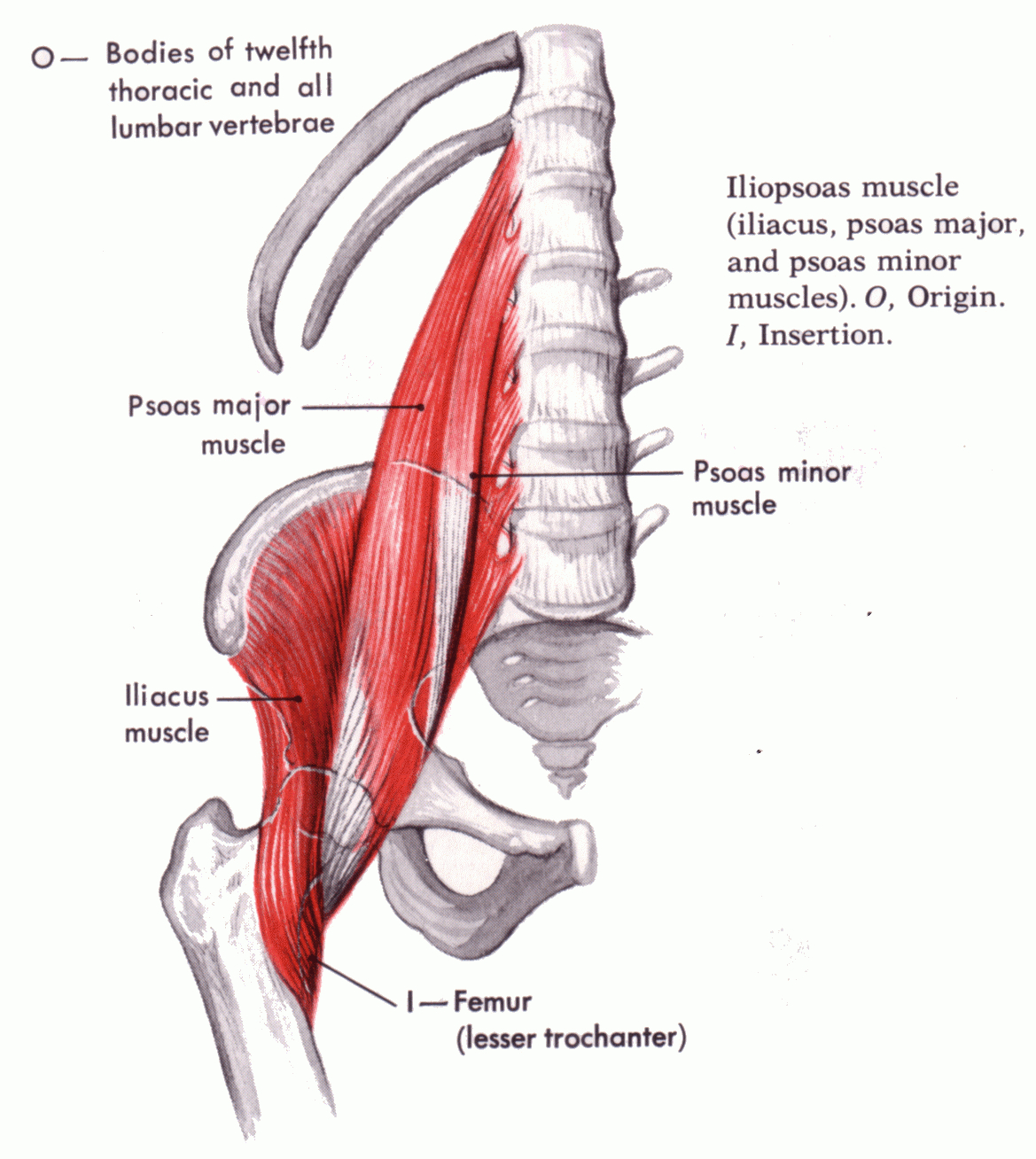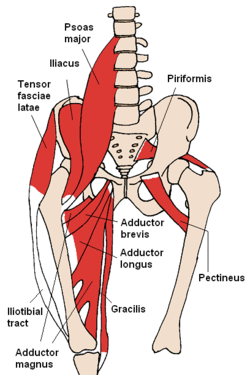The Most Underappreciated Muscle in the Lower Body
There are many muscles throughout the entire body, as well as the upper body. They all serve a purpose to stabilize, exert force, etc. for athletic movements as well as everyday life.
In certain movements or positions, muscles can help to stabilize joints while other muscles are the prime mover of certain movements. Then, with other completely different movements, those same muscles can that was once prime movers can act to stabilize while others adjust their role to be prime movers.
Over the years of being a physical therapist, I have learned new things and my thoughts have expanded and grown from what I’ve read, but also from what I have seen day in and day out working with and treating athletes and clients.
Whether it be from working with a professional athlete where livelihood depends on the particular sport they are involved with OR a mother of 3 who just wants to be able to pick her kids up, there are many lessons to learn from each client and athlete I work with.
Recently, after working with many people, I have come to appreciate that some muscles are over-appreciated and underappreciated. Not so much that one is per se better than another, but that there are muscles that “get all the glory” or are most recognized when it comes to athletic development or is more recognized when there is pain and dysfunction.
For instance, if someone presents with limited hip mobility, such as limited hip extension, the major culprits are typical:
Rectus Femoris

Iliacus/Psoas Major

Tensor Fascia Latae (TFL)

These are all major contributors when it comes to limited hip extension mobility. To determine if someone has limited hip extension mobility, I like to use the Thomas Test.
Thomas Test
Key Points:
Flex opposite hip to 90 degrees and have athlete hold it there with their hands.
Place your hand/thumb on Anterior Superior Iliac Spine (ASIS).
Slowly lower leg towards the floor.
If ASIS translates into hand prior to the thigh reaching the table, there is a limitation in hip extension mobility.
If there is limited hip extension mobility, try performing self-myofascial release to Rectus Femoris, TFL, etc.
Key Points:
Performed slow and controlled for 10-15 seconds.
Muscles that contribute to limited hip internal and external rotation mobility are:

To assess if someone has limited hip internal or external rotation mobility, assess their passive hip internal and external rotation mobility.
Key Points:
Gently move the leg through hip internal and external rotation.
Ideally, 30 degrees of hip internal rotation and 40 degrees of hip external rotation mobility.
If someone has limited hip internal or external rotation mobility, try performing SMR to the hip internal and external rotators.
Key Points:
Performed slow and controlled.
10-15 seconds.
Now, there are other areas of mobility at the hip, including hip flexion, hip abduction/adduction, etc.
What if you assessed your or someone else’s mobility and its limited mobility? Say you performed self-myofascial release and didn’t improve hip extension and/or hip ER/IR.
Where do you go from here?
Well, in my opinion, the Most Underappreciated Group of Muscles in the Lower Body is the Adductor Complex or Adductor Magnus/Longus/Brevis.

The reason I believe that the Adductor Complex is the Most Underappreciated Muscle Group in the Lower Body is because of its role and effect on so many aspects of mobility as well as stability for the lower and upper body as well as the trunk.
Adductor Brevis acts to flex the hip, externally rotate, as well as adduct the thigh. Conversely, it limits hip extension, hip abduction, and internal rotation.

Adductor Longus acts to adduct and flex the hip as well as externally rotate the hip. In turn, it limits hip extension, hip abduction, and hip internal rotation.

Adductor Magnus acts to adduct the thigh. The superior horizontal fibers acts to flex the hip while the vertical fibers act to extend the hip.

With that being said, it goes to show that the adductors have a role with many different motions at the hip and thigh.
One test that can be useful in determining if someone has limited adductor mobility is the FABER test. FABER stands for “Flexion, ABduction, and External Rotation”.
The thigh should be within 5 degrees of parallel with the horizon. If it isn’t, try performing the Core Activated FABER.
Key Points:
Lie on your back as shown in the FABER test.
Press hands down on the table.
If the leg drops down to parallel with the ground, you may not have a soft tissue limitation.
If you have been performing Self-Myofascial Release (SMR) to the back of your hip to improve hip internal or external rotation mobility,
And haven’t seen an improvement in your mobility, try performing SMR to the adductor complex.
Then, re-test to see if your hip internal and/or external rotation mobility has improved. If it has, then you can safely assume your adductors may be limiting your hip internal or external rotation mobility.
If you have been performing SMR to your hip flexors, quadriceps, etc. and haven’t seen an improvement in hip extension mobility, trying performing SMR to the Adductor Magnus group due to its effect on hip extension..
If you have been dealing with limited lower body mobility in either hip flexion, hip extension, hip internal or external rotation mobility and haven’t been seeing an improvement, try performing SMR to your adductors due to their vast contribution to the lower body.



